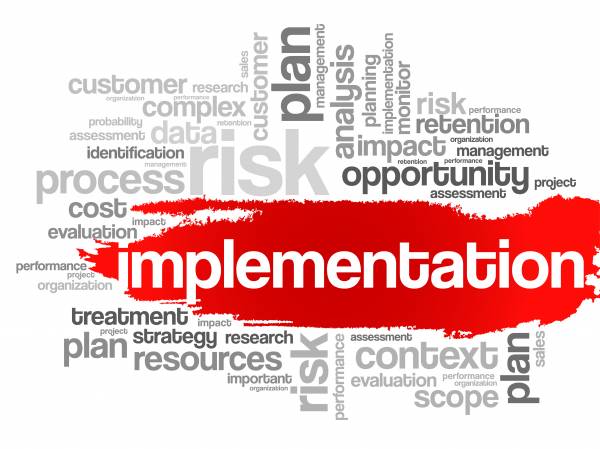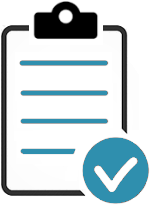Change Managenent is intended to be beneficial and lead to progress, but should only be implemented when determined by your organization as relevant and achievable.
In addition, you must identify the risks and opportunities or benefits associated with the change.
Our Change Management Procedure is proven to work.
In order to realize the benefits associated with the identified risks and opportunities, subsequent changes may be needed.
These changes could relate to any aspect of any process, such as:
You should seek and record evidence that your organization has retained documented information relating to planning and implementing changes that impact upon the QMS.
To achieve the benefits associated with changes, your organization should consider all types of change that may occur. These changes may be generated, for example, in:

Ensure that the organization has planned how to integrate and implement the changes into their QMS processes. Check that your organization has considered:
1. The reason for the change; e.g. context of the organization (see 4.1), needs of interested parties (see 4.2), customer feedback, complaints analysis, audit results, performance trends, risk reduction or realizing an opportunity (see 6.1), continual improvement, organization growth, launch of new products/services, organization restructuring etc.
2. Assessing the purpose of the change(s) and potential impact using a risk-based thinking approach to ensure the integrity of the QMS is maintained i.e. focus on priorities, avoid disruption, ensure business continuity, maintain product/service reliability, protect the customer, maintain capability, continue to meet internal/external requirements etc.
3. The resources required to enable the change such as people, knowledge acquisition, infrastructure, environment, budget, trials/tests, ongoing monitoring, structured reviews etc.
4. Determination of responsibility and authority for the change e.g. process owner, lead process users, end users etc., including the necessary communication, training and ongoing review to ensure the change is effective (i.e. the planned activities continue to be realized and planned results are being achieved).
Our Change Management Procedure is proven to work.
Updated: 4th May 2022
Author: Richard Keen

Richard is our Compliance Director, responsible for content & product development.
But most importantly he is ISO's biggest fanboy and a true evangelist of the standards.
Learn more about Richard

Don’t Try to Manage It All Alone!
Our ISO Auditors and Quality Manager Trainers have been in this industry for years, and since 2002 we’ve been providing thousands of small businesses and large corporations with the tools they need to get certified.
Instead of trying to create everything you need to follow this process from scratch, use ours. We have procedures, templates, checklists, process maps, forms and gap analysis tools to help you control your documented information without missing a single input or output.
Before you invest all the hours reinventing the wheel, before you spend countless dollars outsourcing the task — try our templates.
| QMS ISO 9001 |
EMS ISO 14001 |
OH&S ISO 45001 |
|
|
Change Management Procedure The purpose of this procedure is to establish a standard approach to applying changes to production. Changes require thorough planning, careful monitoring, and follow‐up evaluation to reduce negative impact to the user community and to increase the value of vital information resources. Forms & Reports also included:
Free Download - Control of Calibrated Equipment Procedure - this will give you a good idea of what to expect when you purchase the procedure and the current level of documentation required for ISO. |
$19 USD |
Pay by Credit Card, Debit Card, PayPal or Apple Pay.


|
Please read our Money Back Guarantee. |
Bought by Small Businesses and Large Corporations our templates have been sold online and CD since 2002.
Used by:
The Templates are used by first-timers following our step-by-step, clause-by-clause guidance documents; and experienced Quality Managers wishing to streamline and improve their existing documentation.
The application of our templates is scalable and generic; regardless of the size and type of organization. The elements that form the quality management system are the same.
1. Our customizable templates save you time and money by offering a streamlined process to create your quality documentation
2. They’ve got everything you need in one simple template
3. Proven to work our templates have helped thousands of businesses big and small achieve certification
4. Documents use styles to make reformatting and rebranding a breeze
5. Our templates are generalizable for any industry or sector. The application of our templates is scalable and generic; regardless of the size and type of organization.